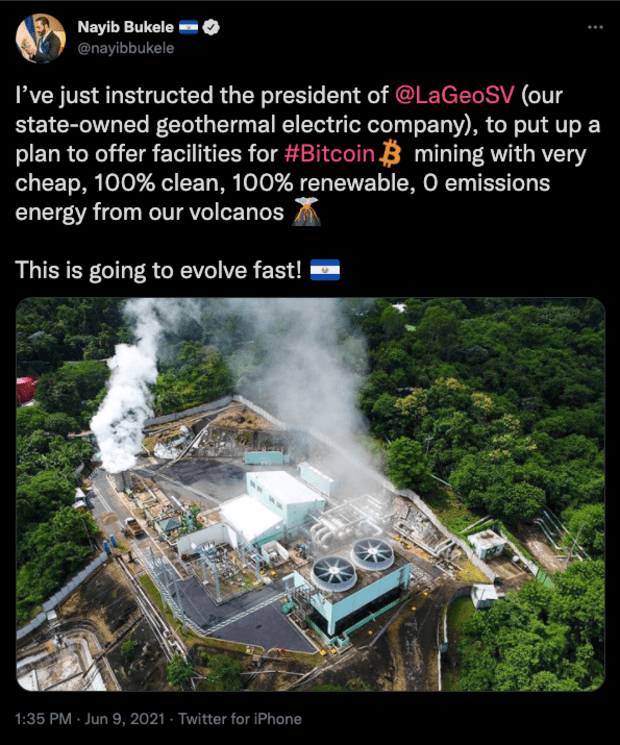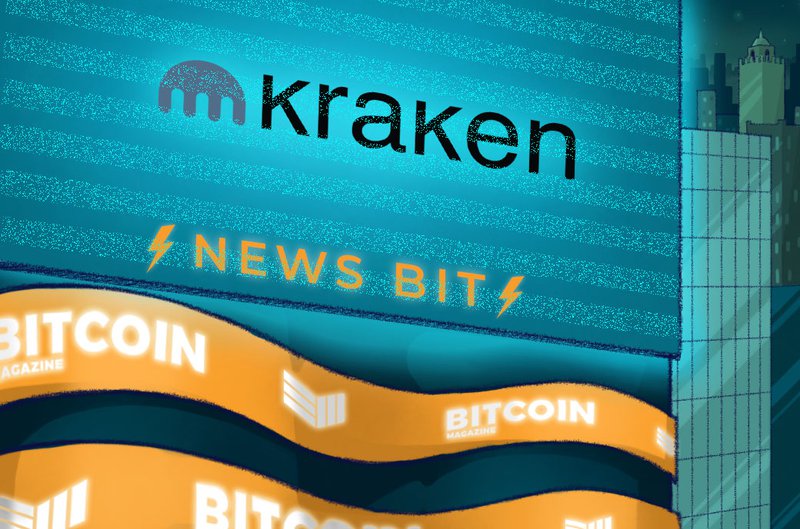How Bitcoin Mining Has Evolved To Take Us To The Moon
The industry is poised for immense growth as Bitcoin adoption begins to pick up speed.
Bitcoin hasn’t even gotten to its teenage years yet. When Satoshi published his white paper in October 2008 detailing the creation of a new monetary system, no one knew that in less than 13 years bitcoin would rise to a market cap of $850 billion. It would also lead to thousands of other cryptocurrencies, foster an entire financial services industry and become a new asset class that is revolutionizing money as we know it.
But bitcoin doesn’t just appear out of thin air. You have to mine it. And with all eyes on the minute-by-minute price of bitcoin, its expanding adoption and who’s going to tweet what to make the price change, there isn’t much attention being paid to bitcoin mining: what it is, what it does and the impact it’s making worldwide.
We’ve been mining bitcoin for seven years and have helped the industry evolve and adapt. Here’s the story of bitcoin mining that most people don’t know and the trends that have shaped the industry.
Bitcoin Mining Is Born
Bitcoin is a system of decentralized currency that acts like gold: it’s a store of value and a finite commodity. This means that it’s limited in supply — only 21 million bitcoin can ever exist — making it inflation-proof. Those who want to use bitcoin don’t need to be subject to governmental oversight that could change the value of it or determine who can use it.
But where does bitcoin itself come from? Like gold, it must be mined — not with a pick and shovel, but with a computer.
The foundation of Bitcoin is blockchain technology. Miners around the world compete to solve an algorithm that allows them to add a block to the blockchain. Whoever solves the algorithm first takes home that block’s transaction fees and a fixed reward of new bitcoin issuance (6.25 bitcoin per block, currently), which adds more bitcoin into circulation.
When Bitcoin was first created, mining was easy enough to do from a laptop in a kitchen with a standard CPU. But as more miners joined, competition to be the first to solve the algorithm grew, which meant miners needed more processing power and newer hardware. In order to run more powerful computers efficiently, the price of electricity started to gain importance. Soon, mining got too competitive to be profitable as an individual.
A Multi-Billion Dollar Industry Was Born
In order to be profitable, mining operations had to scale. New mining-specific hardware came on the market and miners set up rigs in trailers and then warehouses, where large-scale mining farms with thousands of mining rigs could work at solving the algorithm around the clock. Because of the operational needs for large-scale farming, including layout and design, energy sources, management software, the need for upgraded hardware and more, bitcoin mining quickly became a multi-billion dollar industry.
According to a report by ARK Invest, the cost of the hardware in place to support the ecosystem is around $7.2 billion and they write that “since the inception of dedicated Bitcoin hardware in 2013, we believe billions of dollars have been spent on design, production, and tapeout, spawning an industry dedicated exclusively to manufacturing this robust and specialized hardware.”
Bitcoin mining doesn’t just have big operations, it has big returns as well. ARK Invest also estimates that miners could make $15 billion in revenue from transaction fees and bitcoin rewards.
Competition Spawns New Hardware
Bitcoin competition continues to increase, but because bitcoin is a finite commodity, there’s only so much to compete over. This means that mining operations need to stay as fast and powerful as they possibly can to win the reward.
As growing competition in bitcoin mining raised the computing power requirements, mining shifted to GPUs, utilizing the hardware that usually only gamers needed for high-end games. GPUs were then replaced with application-specific integrated circuits (ASICs) — hardware devoted specifically to mining cryptocurrency. ASICs are the fastest and most efficient hardware dedicated to bitcoin mining and are exclusively in use today.
But hardware depends on chips, and while chip technology is accelerating at incredibly quick speeds, chips are in short supply. This means frequent sell-outs on necessary hardware — like the recent Bitmain shortage — and the need for mining operations to plan their upgrades far in advance.
New Technology Is The Most Profitable
Similarly, bitcoin mining operations need to keep on top of ever-evolving technology that’s making mining hardware bigger, better and faster, because any lag in efficiency means compromising profit. Today, technology is outpacing innovation, so mining operations need to not only keep up with purchasing new hardware, but must install it quickly, as time is of the essence. Even a few day’s lag is costly and many mining operations (like ours) have rented 747s to cut down on shipping time.
The Rise Of Western Miners
For a long time, over half of the world’s mining energy came from operations in China, simply because it was cheaper to set up and faster to ship there from the Chinese factories. But that dominance is dying as China cracks down on mining operations. According to Wired, “a shift in bitcoin mining’s geographic distribution might nevertheless be underway” with operations looking to North America, Europe or Latin America for places that are more politically stable. Miners are also looking for places to build operations in Nordic countries, Canada and the US, where there is an abundance of cheap and sustainable energy, like wind, solar and hydro.
What’s In Store For The Future Of Bitcoin
Despite a lot of recent volatility around bitcoin — which isn’t new — the future of bitcoin is bright and bullish. It will continue to increase in value and attract new investors and, as more people come to understand Bitcoin, where it came from and the industry around how it’s mined, they’ll find even greater value in it.
This is a guest post by Abdumalik Mirakhmedov. Opinions expressed are entirely their own and do not necessarily reflect those of BTC, Inc. or Bitcoin Magazine.









